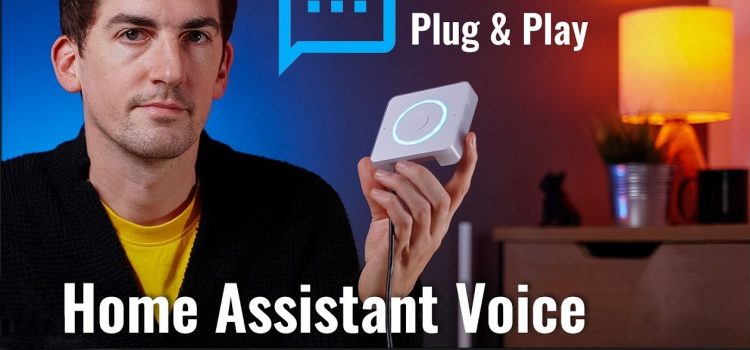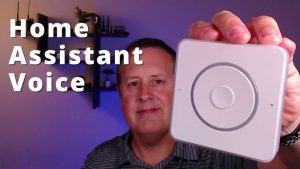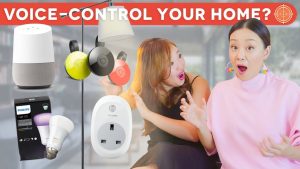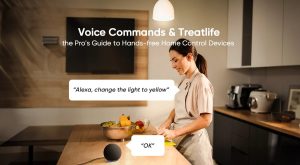
Introduction
Imagine attending a live show without leaving your living room. In 2025, virtual concerts make that possible. Fans can put on VR headsets or log in on their computer to see their favorite artists perform on virtual stages. These shows offer immersive experiences that feel almost as real as being there in person.
With the rise of VR concerts and online concert platforms, musicians reach global audiences instantly. This trend reshapes the future of live shows, giving fans new ways to connect with artists. In this article, you will discover what are virtual concerts, the technology behind them, and why they matter. You will also learn about popular platforms, tips for fans, and what the future holds for immersive live music.
What Are Virtual Concerts?

Virtual concerts are live music performances streamed or hosted entirely online. Instead of a physical venue, the stage takes place in a digital space. Fans can watch on their phones, computers, or with VR headsets. Some shows appear on flat screens, while others fully immerse you in a 3D environment that looks like a real concert hall or an imagined world.
In a VR concert, you might put on a headset and walk around a virtual arena. You see avatars of other fans and your favorite artist performing in front of you. Developers create these environments with 3D modeling and game engines. The result is a concert that you can attend from anywhere in the world. This makes shows accessible to people who cannot travel or who live far from concert venues.
Popular Virtual Concert Platforms

Several online concert platforms lead the field in 2025. Each offers unique features and caters to different fan experiences:
1. VRChat Concerts
VRChat started as a virtual social platform. Now, it hosts large-scale VR concerts where fans connect with avatars. Bands create custom venues inside VRChat, complete with dynamic lighting and spatial audio. Fans meet friends’ avatars and dance to live music. Accessibility is high, since VRChat runs on PC and some VR headsets.
2. YouTube Live and Twitch
These video platforms host hybrid virtual events that combine live streaming with chat and donations. While not fully immersive, creative overlays and multi-camera angles make the show feel interactive. Fans can comment in real time, request songs, and tip artists during the performance. Twitch’s Bits system and YouTube’s Super Chat let fans show support instantly.
3. Wave XR
Wave XR creates fully interactive digital performances. Artists perform in motion-capture suits, and their avatars mimic every movement in real time. Fans attend on VR headsets or just watch on flat screens. The platform scales to hundreds of thousands of viewers and allows real-time chat, dance floor interactions, and shared experiences like confetti or visual effects.
4. Live Nation’s Hybrid Events
Live Nation offers both in-person and virtual tickets. Fans can buy a live-stream pass to watch the concert from home, with multiple camera angles and backstage access. This hybrid model lets local and remote fans attend at the same time.
5. Fortnite Creative and Minecraft Worlds
Popular video games host metaverse concerts inside their play spaces. In 2025, Fortnite’s virtual stage attracts millions. Players attend by entering a special island where famous artists perform as avatars. Minecraft Worlds’ pixel-art venues let artists build custom stages block by block, creating a unique retro style.
Each platform provides a different way to experience music. When choosing a show, fans consider the device they have, the level of immersion desired, and any cost differences. For example, VRChat and Wave XR need headsets, while YouTube Live and Twitch only require a computer or phone.
Tips for Attending Virtual Concerts

Attending virtual concerts requires a bit of planning. Follow these tips to get the best experience:
1. Check System Requirements
Each platform lists its device and software needs. Some shows work on standard web browsers, while others need a VR headset with specific tracking. Ensure your device meets the requirements before the show to avoid last-minute issues.
2. Test Internet Speed
A stable connection of at least 10 Mbps upload and download is ideal. Run a speed test an hour before the show. If speeds are low, connect via Ethernet cable rather than Wi-Fi. Restart your router and close unused apps to free bandwidth.
3. Download and Install Early
Install any required software or game clients days before the concert. For VRChat or Wave XR, update your VR hardware drivers. This avoids delays if you need to troubleshoot.
4. Charge Your Device
If using a VR headset, fully charge the battery. For laptops or phones, keep a charger handy. Virtual live concerts can run for several hours, and you don’t want devices dying mid-show.
5. Wear Comfortable Headphones
Good high quality audio makes a big difference. Use over-ear headphones or VR headset with built-in headphones. Avoid loudspeakers unless you want to share sound with others in the room.
6. Engage with Interactive Features
Many shows let you send virtual gifts, chat with fans, or influence stage effects. Interacting keeps you immersed. For example, you could light up virtual lighters with other fans or choose which camera angle to view next.
7. Use a Second Screen
If you can, keep a second monitor open for chat windows, lyrics, or donation options. This helps you experience the concert without missing interactive elements.
8. Plan Breaks
Even virtual shows can strain your eyes or cause VR fatigue. Take a short break every hour if you feel dizzy or tired. Removing a headset and looking at a distant object for a minute helps reset your eyes.
Following these simple steps ensures you enjoy immersive live music without technical hiccups.
Future Trends in Virtual Concerts

Virtual concerts continue to grow in 2025. Here are key trends shaping their future of live shows:
1. Metaverse Integration
As the metaverse expands, concerts will connect with social VR worlds. Fans might attend a show in one virtual venue, then explore a linked digital city afterward. Brands and artists collaborate to create virtual merchandise and exclusive NFT collectible moments.
2. Haptic Feedback and Wearables
Wearable haptics let fans feel the bass or a virtual handshake from their favorite artist. Vests or wristbands with vibration motors sync to concert audio and visuals. This adds physical sensation, bridging the gap between real and virtual experiences.
3. AI-Powered Virtual Performers
Some shows feature AI-driven holograms or virtual avatars performing alongside or instead of real artists. These avatars can sing, dance, and interact with fans. AI systems personalize setlists based on fan data, creating unique experiences for each attendee.
4. 5G and Edge Computing
Ultra-fast 5G networks and edge servers reduce latency and improve video quality. Fans streaming on mobile devices get near-perfect clarity, even in crowded areas. Edge computing processes data closer to the fan, preventing lag and buffering during peak concert moments.
5. Environmental and Cost Benefits
Virtual concerts have a much smaller carbon footprint than large tours. No travel, shipping, or large venue energy use cuts emissions. This appeals to eco-conscious fans and artists. With sustainable practices, the music industry moves closer to being carbon-neutral.
6. Personalized Fan Experiences
Using data analytics, platforms tailor each fan’s experience. You get a personalized setlist, exclusive greetings, or backstage tours based on your listening history. This level of personalization deepens fan engagement and loyalty.
These trends ensure virtual concerts are not just a temporary fix but a lasting complement to physical shows.
Comparative Table: Top Virtual Concert Platforms
| Platform | Required Device | Immersion Level | Cost/Payment Model | Key Features |
|---|---|---|---|---|
| VRChat Concerts | PC + VR headset | High (3D avatars, free movement) | Free to join, optional paid venues | 3D social interactions, custom stages, spatial audio |
| YouTube Live & Twitch | PC/Phone/Tablet | Medium (2D stream) | Free access, donation options | Multi-camera angles, live chat, tipping |
| Wave XR | PC + VR headset | Very High (real-time mocap) | $10–$20 per show | Real-time avatars, interactive visuals, large scale |
| Live Nation Hybrid | Browser/Phone/Tablet | Medium–High (4K options) | Ticket purchase (e.g., $20–$100) | Hybrid in-person/virtual, backstage access, 4K streaming |
| Fortnite Creative | PC/Console/Phone | High (game engine) | Free access with in-game purchases | Custom build stages, global reach, game mechanics |
| Minecraft Worlds | PC/Console/mobile | High (blocky 3D) | Free access or server fee (~$5) | Creative stage builds, community events, pixel art |
Conclusion
Virtual concerts represent the future of live shows in 2025. They let fans experience immersive live music from home, using VR headsets or just a computer screen. Major platforms like VRChat, Wave XR, and YouTube Live offer varying levels of immersion, interactivity, and cost options. Technologies such as 5G, edge computing, haptic feedback, and AI-driven avatars continue to improve these experiences.
Artists benefit by reaching global audiences without travel or large venue costs. Fans enjoy unique, interactive features like choosing camera angles, gifting virtual items, and even feeling virtual haptics. As the metaverse expands, expect concerts to blend with social VR virtual worlds, offering personalized journeys for each attendee.
Whether you are a casual listener or a hardcore gamer, virtual concerts offer something for everyone. As technology advances, virtual shows will only become more lifelike and engaging. Prepare for a new era where the stage comes to you.
Call to Action
Ready to experience the next level of live music? Pick a virtual concert platform today, grab your headset or device, and join a show this weekend. Step into the future of live shows now!





















































